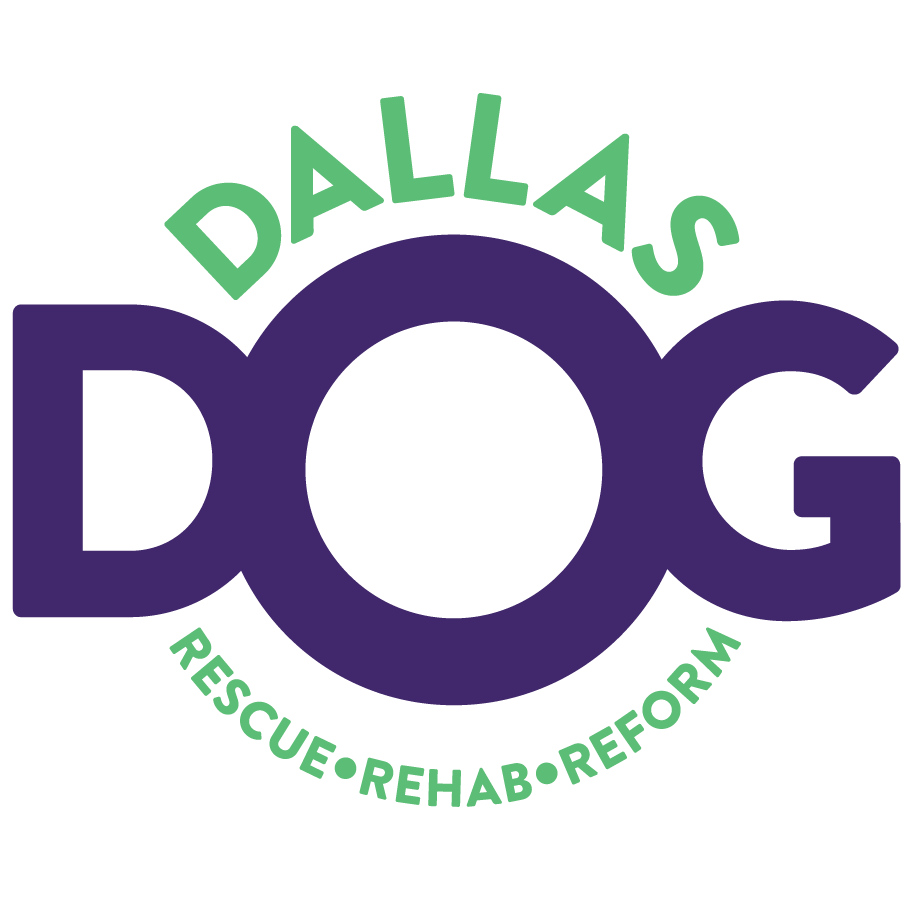Separation Anxiety
Numerous dogs exhibit destructive or disruptive behaviors when left alone. Discover valuable tips to effectively manage separation anxiety in dogs.

Many pet owners often complain that their dogs exhibit disruptive or destructive behaviors when left alone. These behaviors can include urinating, defecating, barking, howling, chewing, digging, or attempting to escape. While these issues can be a sign that a dog needs to be trained in proper house manners, they can also indicate distress. When these problems are accompanied by other anxious behaviors, such as drooling and displaying anxiety when the owners prepare to leave the house, it suggests that the dog is experiencing separation anxiety.
What is Separation Anxiety?
Separation anxiety occurs when dogs become upset due to being separated from their guardians, the people they are attached to. Dogs with separation anxiety may attempt extreme escape methods that can result in self-injury and damage to the house, particularly near exit points like windows and doors.
Some dogs with separation anxiety become agitated when their guardians get ready to leave, while others appear anxious or depressed in their absence. Some dogs may try to prevent their guardians from leaving. Shortly after the guardian leaves, the dog may start barking and displaying distress behaviors, often within minutes. When the owner returns home, the dog behaves as if they have been separated for a long time.
The goal of treating separation anxiety is to address the underlying anxiety and teach the dog to enjoy or tolerate being alone. This is achieved by gradually exposing the dog to situations that trigger anxiety, such as being alone, without causing fear or distress.
Common symptoms of separation anxiety in dogs include urinating and defecating when left alone, persistent barking or howling unrelated to any specific trigger, chewing, digging, and destroying objects when alone, attempting to escape confinement, pacing in specific patterns, and coprophagia (eating feces). These behaviors typically do not occur in the presence of the guardian.
Why Do Some Dogs Develop Separation Anxiety?
The exact cause of separation anxiety in dogs is not known, but it is believed that experiences of loss or significant changes in the dog's life, such as being abandoned or given to a new family, can contribute to its development.
Before concluding that a dog has separation anxiety, it is important to rule out other possible causes for the behaviors. Medical issues, such as incontinence caused by urinary problems, medication side effects, or other behavior problems like submissive or excitement urination, incomplete house training, urine marking, or juvenile destruction, can exhibit similar symptoms.
Treatment for separation anxiety varies depending on the severity of the condition. For mild cases, counterconditioning techniques can be used to change the dog's association with being alone to a positive and relaxed one. This can involve providing the dog with food-stuffed puzzle toys or engaging in activities that distract and entertain the dog when left alone.
For moderate to severe cases, a more comprehensive desensitization and counterconditioning program is necessary. This involves gradually increasing the duration of absences, starting with short separations that do not cause anxiety and slowly building up over weeks of daily sessions. The assistance of a trained professional, such as a Certified Applied Animal Behaviorist or a board-certified veterinary behaviorist, is often recommended for implementing an effective treatment plan.
During the treatment process, it is important to ensure that the dog never experiences the full intensity of the anxiety-triggering situations. Leaving the dog alone outside of desensitization sessions should be avoided. Alternative arrangements, such as taking the dog to work, having a family member or dog sitter stay with the dog, or utilizing doggy daycare, can be considered.
Physical and mental stimulation are essential for dogs with separation anxiety. Providing ample exercise, engaging in interactive games and training, and using food puzzle toys can help alleviate anxiety and provide appropriate outlets for the dog's energy.
Medication may be prescribed in severe cases of separation anxiety, in combination with behavior modification techniques. Consulting with a veterinarian or veterinary behaviorist is recommended before administering

